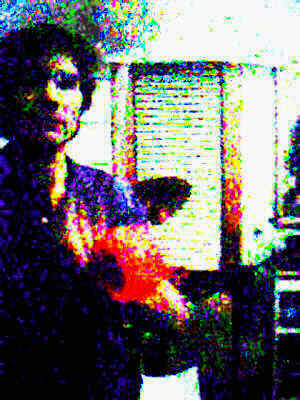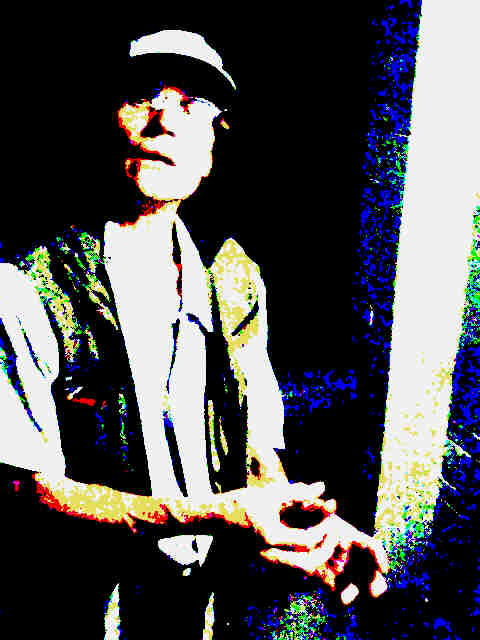Brain Magic Croquet
<
Brain Photo Fun Cameras
Digital photography is becoming a very fast growing activity for people. It stimulates the brain's power's of observation, cooperative fun/play, and creativity. Interacting with computer digital imaging software will wake up previously dormant areas of your artistic right brain, as well as challenge your left brain ability to make sense of your software and read program directions! (Though most consumer photo-software is quite easy to master).For most people, there are distinct advantages to digital photography over film photography, provided you know just a little bit about operating a common home computer, on which you will look at and edit your photos and share them on email with others. Almost no one delvelops their film, and most people are generally stuck with whatever the photo lab gives them back. ON the other hand, digital photography allows you enormous control over your pictures. You can easily fix pictures that normally would be thrown out if they were on film, crop and trim excess space around subjects, sharpen images, zoom in-- you name it.
Digital cameras and pictures are environmentally friendly, requiring no chemicals or paper for developing. The memory cards which store the images till you get them home and load them into your computer are infinitely reusable, unlike a roll of film which can only be used once. I don't actually print out many photos any more, and prefer to merely look at them and share them via email or the web. Of course, you can print out your digital photos on plain ink jet printers on photo quality glossy paper, any size up to 8X10. But be aware that many printers use ink that is not nearly as light-safe as regular photos. Pictures that look amazing out of my HP inkjet printer look great-- until they've been on the wall for a year-- then the color starts to fade.look funny! (Regular photos work best in frames exposed to constant light.) On the other hand, digital images shown on your computer screen or saved to CD-Rs, digital images last forever.
There are many cameras out there, and prices range from $39 to THOUSANDS for pro-digital models. For most people, cameras in the $200 range on up will rival their regular point and shoot 35mm cameras. For those used to using good SLR 35mm cameras, expect to spend about $500 to replace your SLR. One $50 camera I own actually works pretty good, and is fun to keep in my pocket-- more on that one below.

In general-- quality comes with money spent, AND the size of the camera. Although there are a few very expensive tiny camera's out there, the best ones have BIG LENSES. Did you ever see a pro using a camera with a little pin hole sized lens? The same rule applies for digital cameras: Lots of glass allows more light, which allows faster shutter speed and sharper images.
Below are typical consumer digital camera, ranging in price from $39 to $599. Sony DSC-S85: My favorite high end digital camera under $1000. (PS- The yellow flower on the case is my own personalized addition)
SiPx StyleCam Photos (bigger $50 camera on left above)
Photos slightly enhanced with PC software.
Erfie, very close up and personal--
 Musician/artist Eric Vincent with his Red Yoyo ("modern art" style)
Musician/artist Eric Vincent with his Red Yoyo ("modern art" style)
Another of Eric leaving (after a recording session)

 Genius recording engineer, Broz Rowland
Genius recording engineer, Broz Rowland
Nice Neighbor's roses smell so sweet

This is the aqua truck between my house and the neighbors barking dog

And we can't forget Chloe, Miss Licky 2002

Sample of camera's colors, not bad for credit card size... (for those interested, further info at http://www.sipixdigital.com ) Smaller "Blink" model camera NOT recommended.


Back to The
Library From Another Dimension
Back to Neil Slade's Amazing Brain
Music Adventure